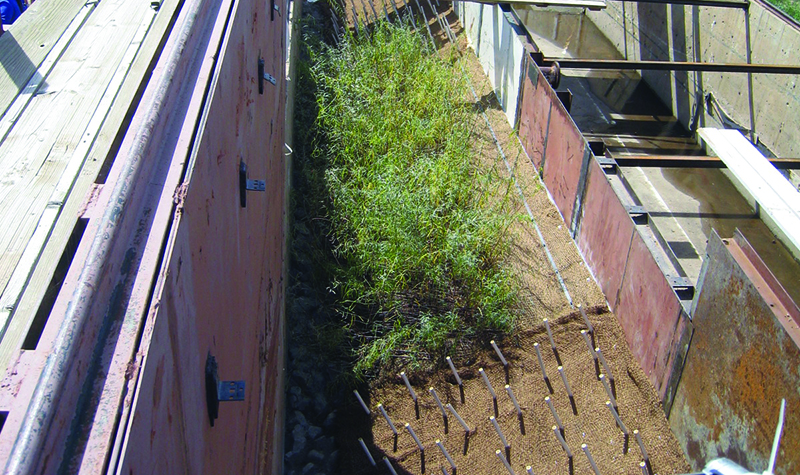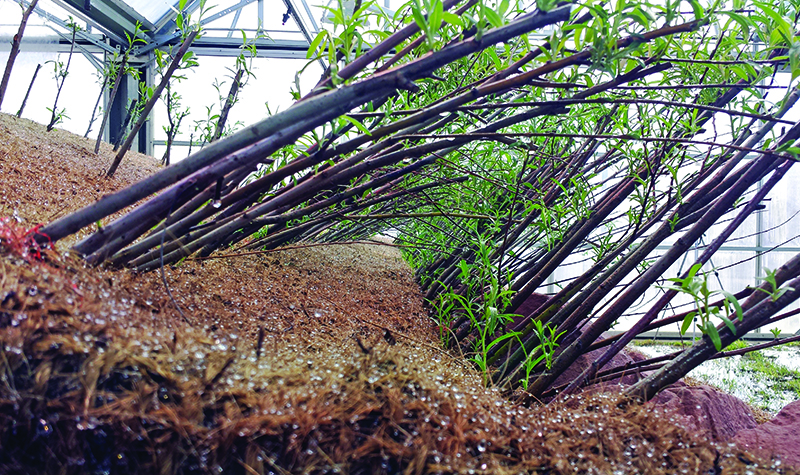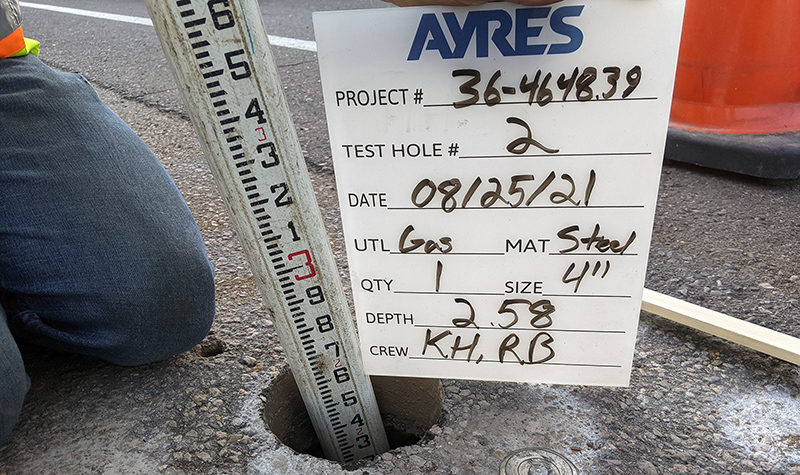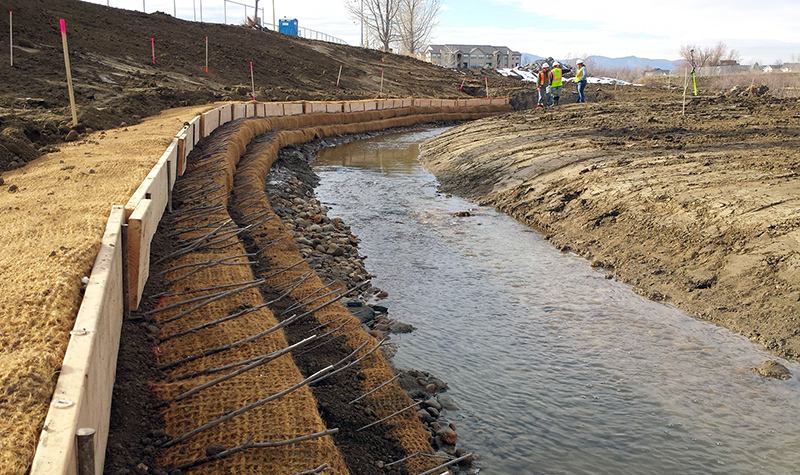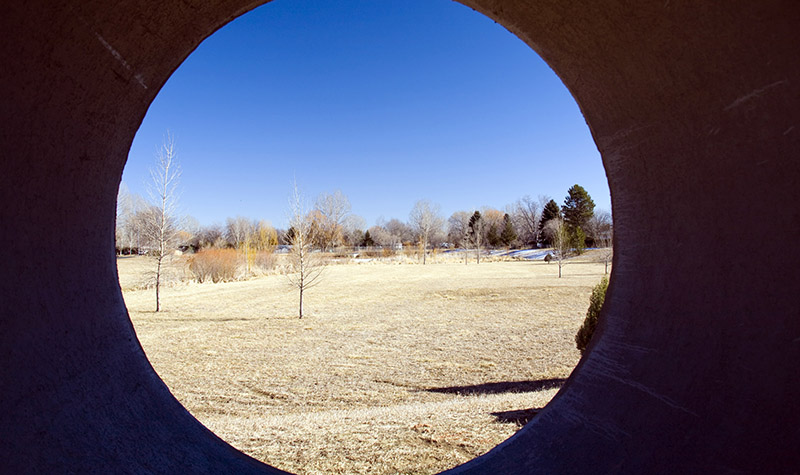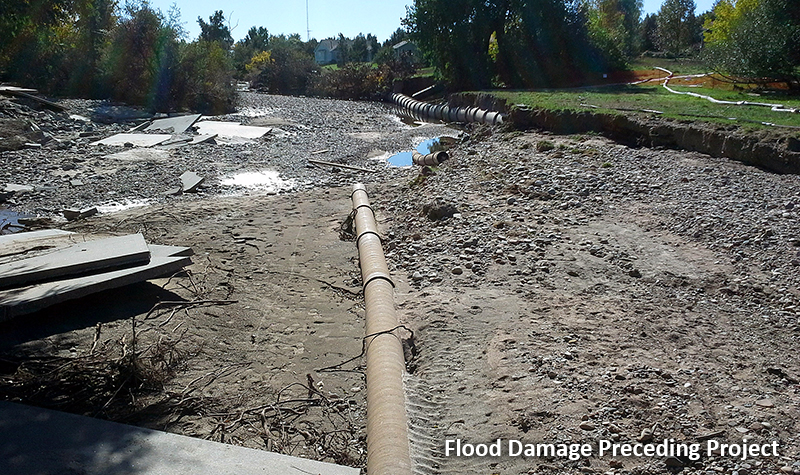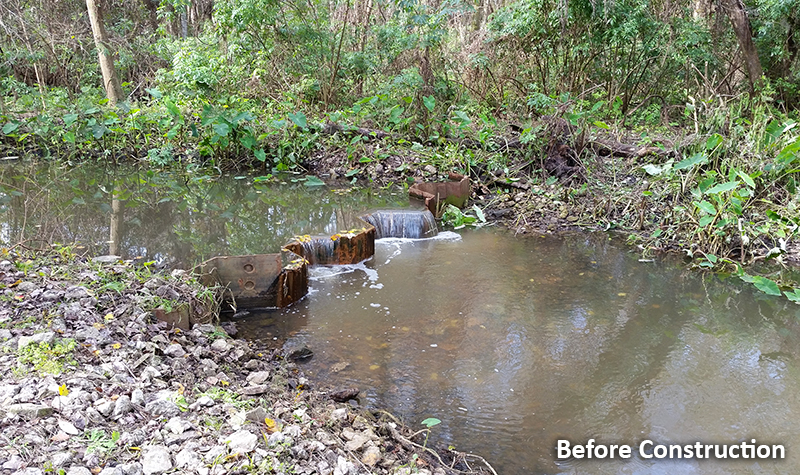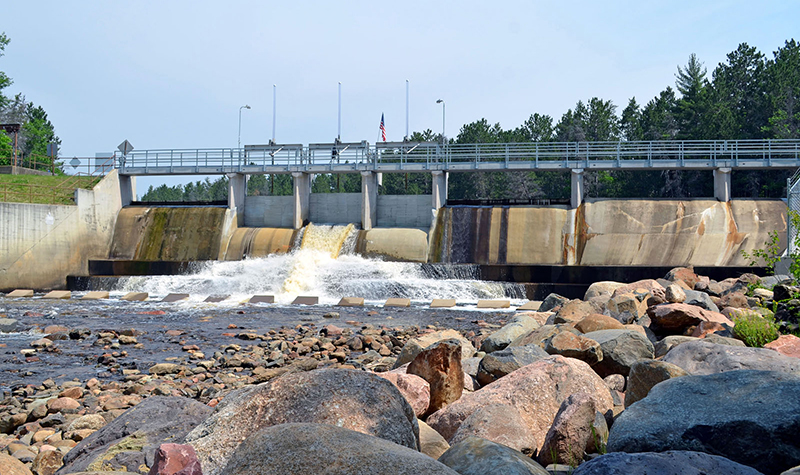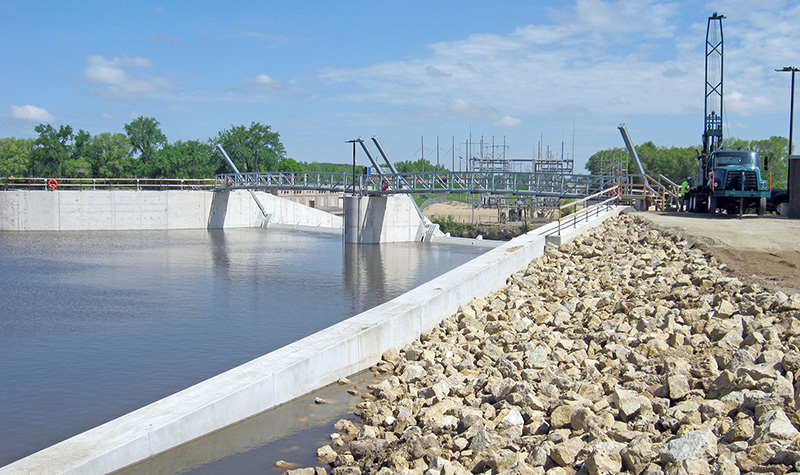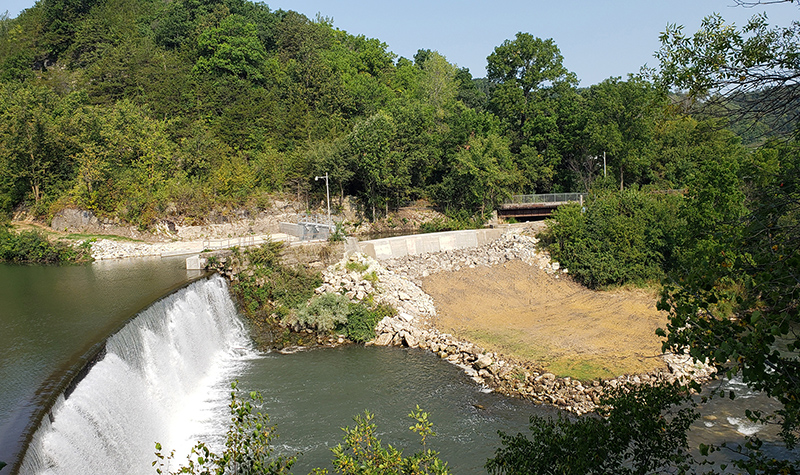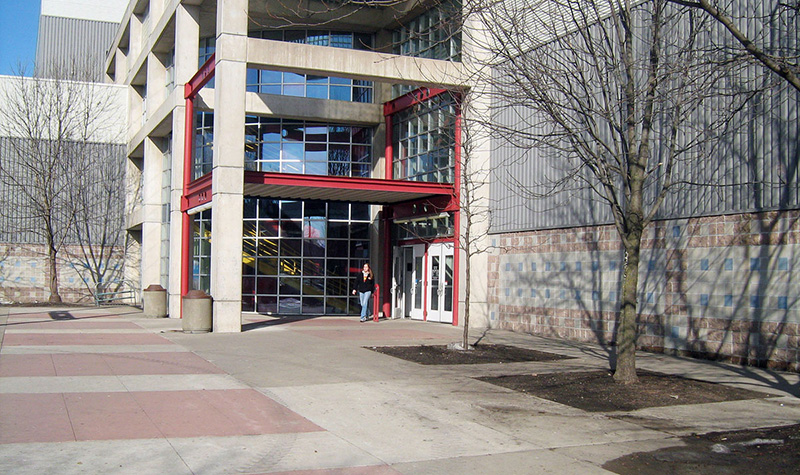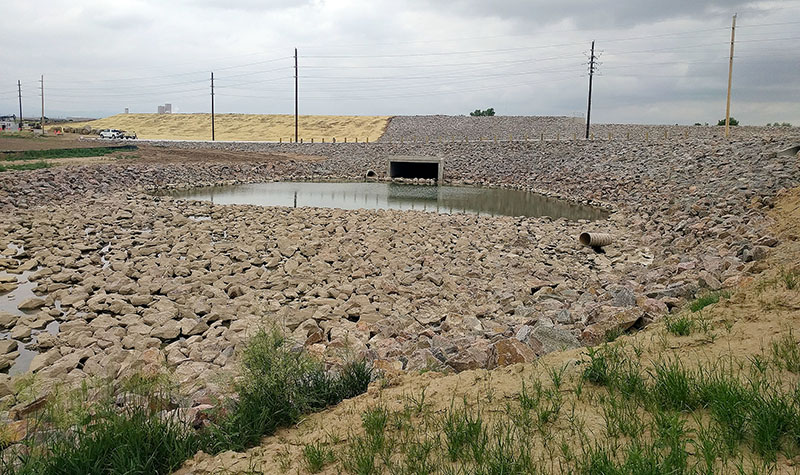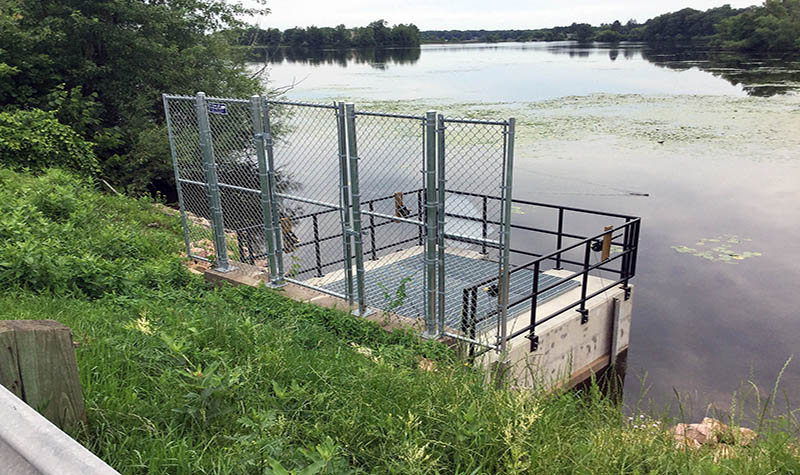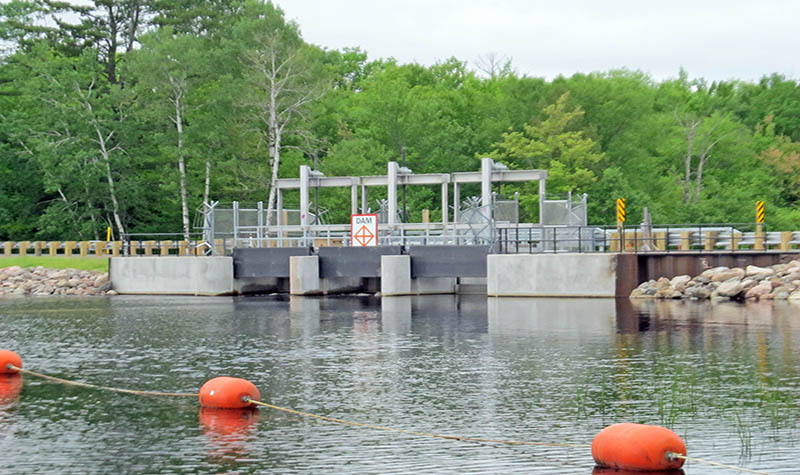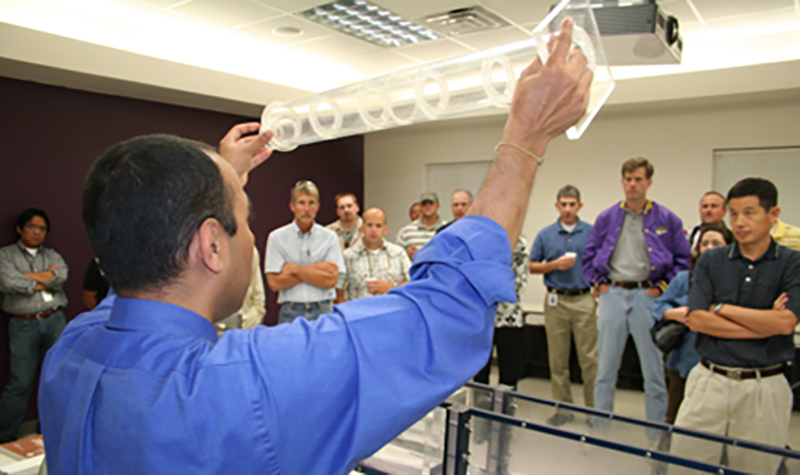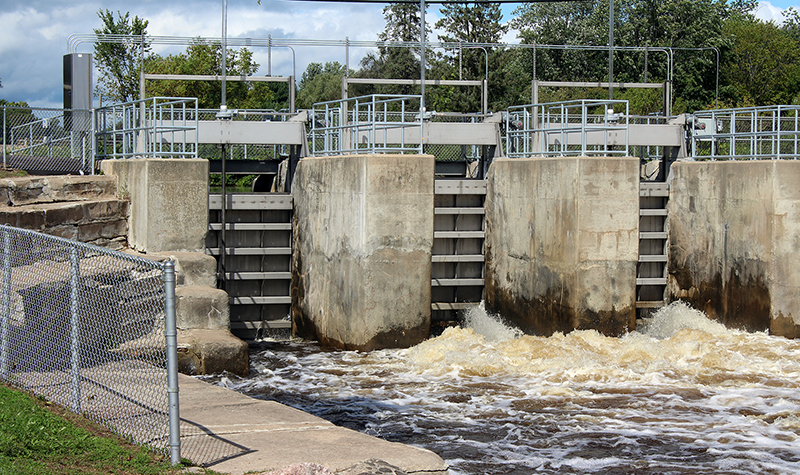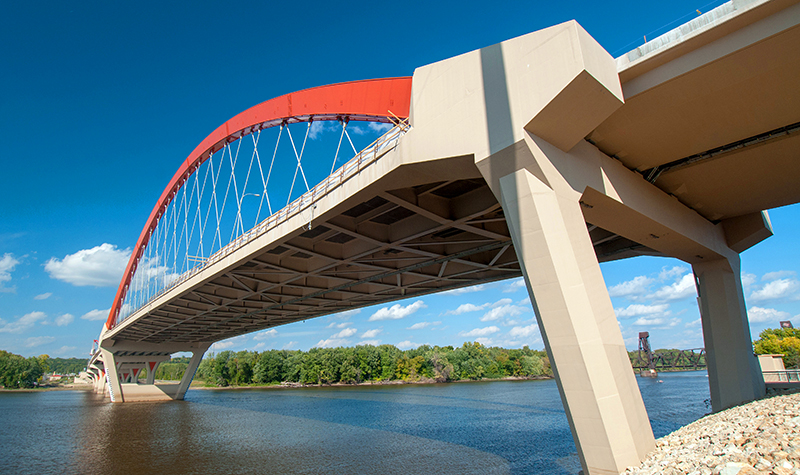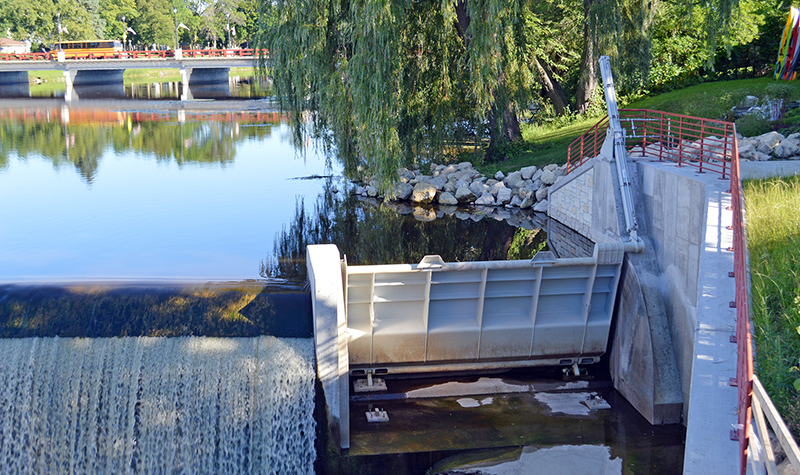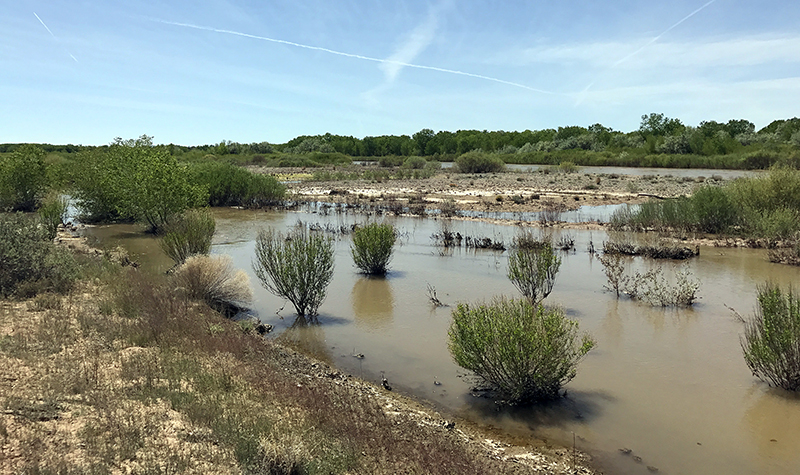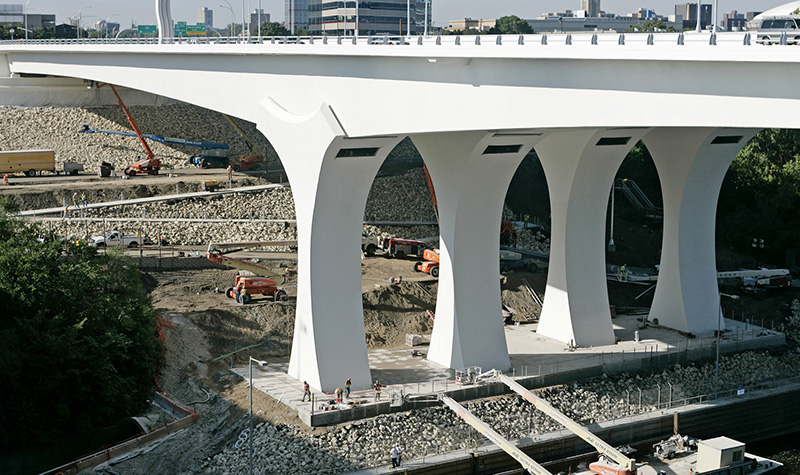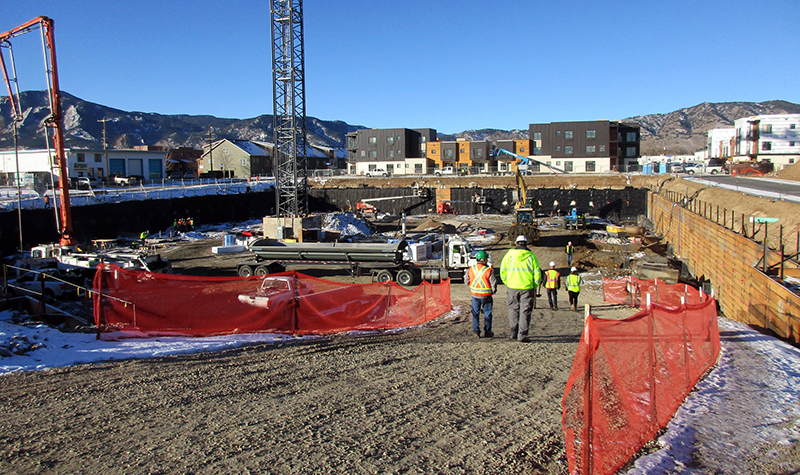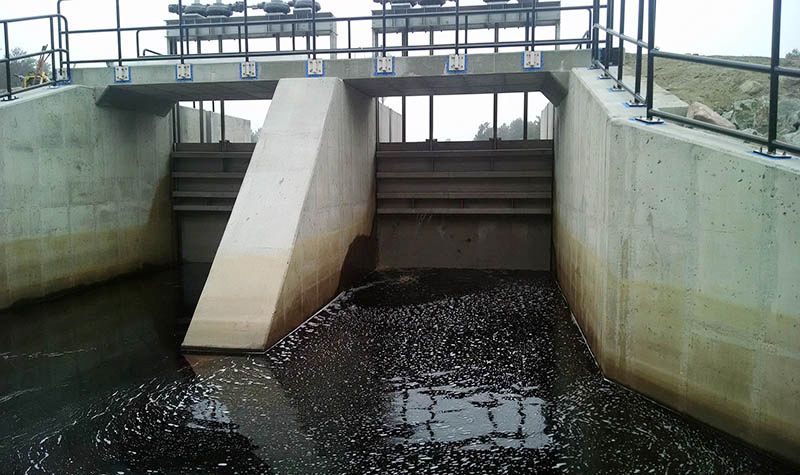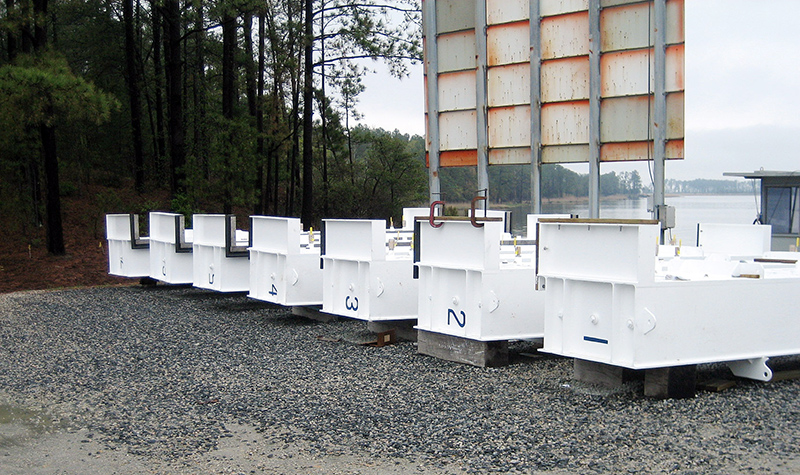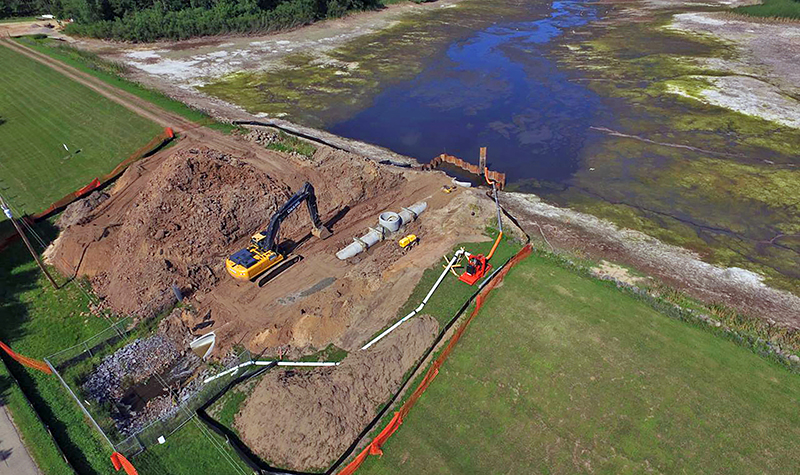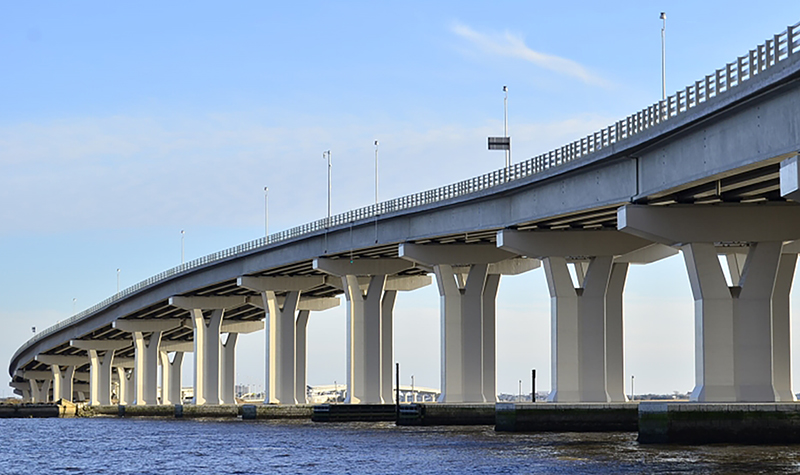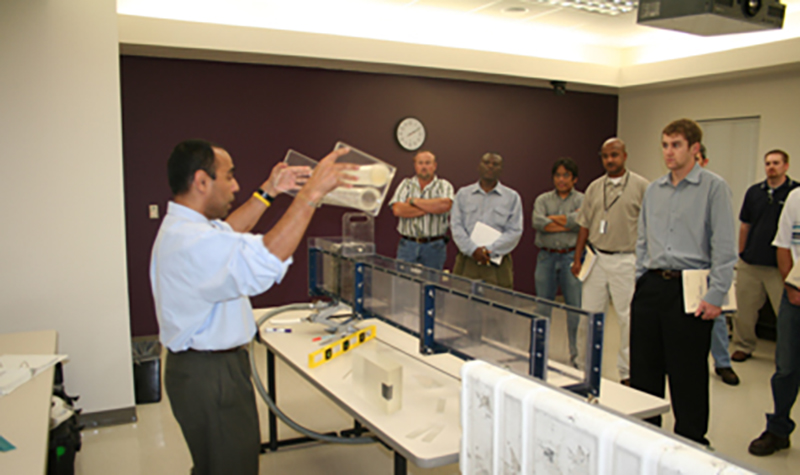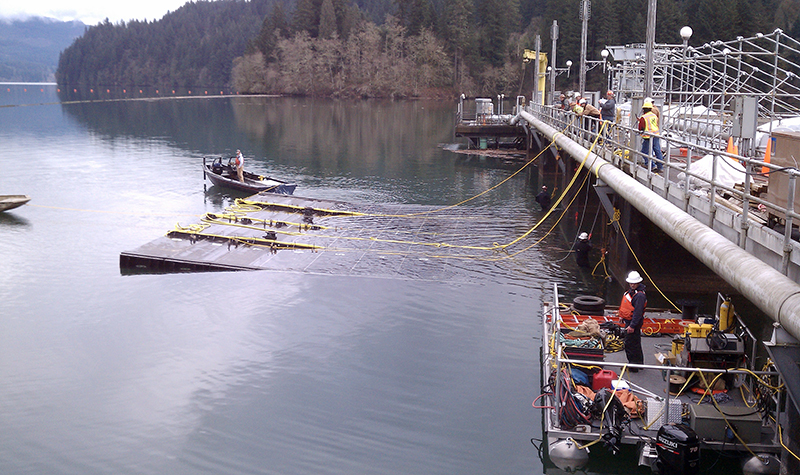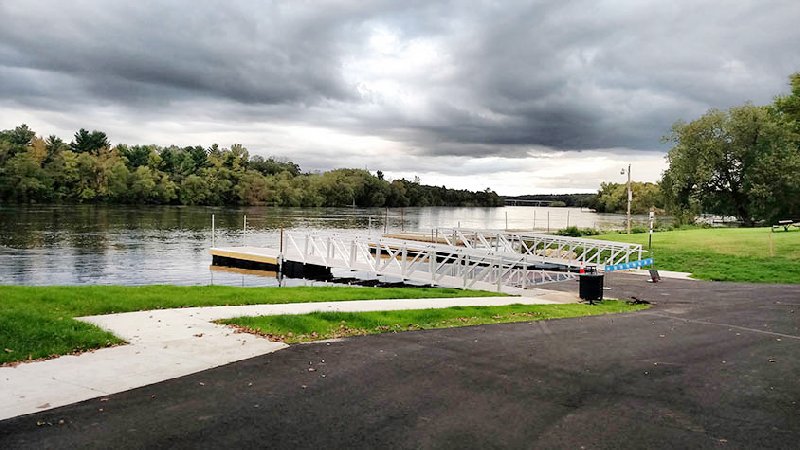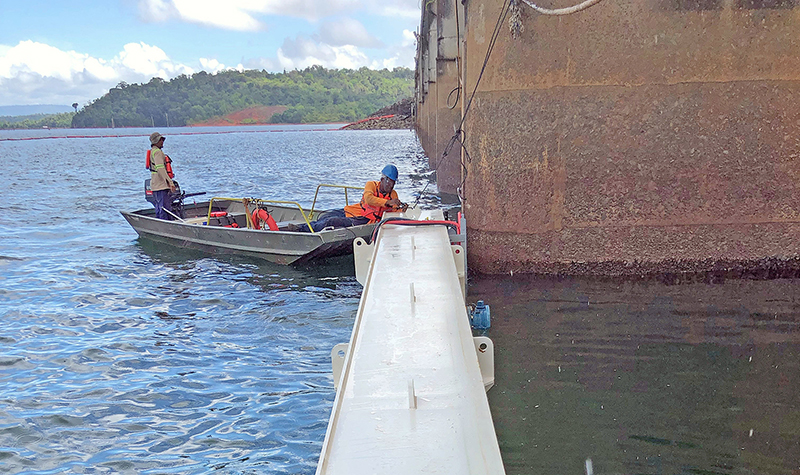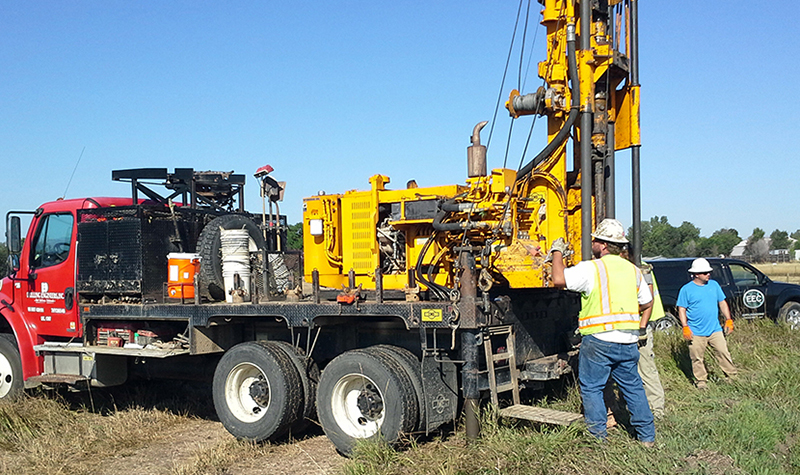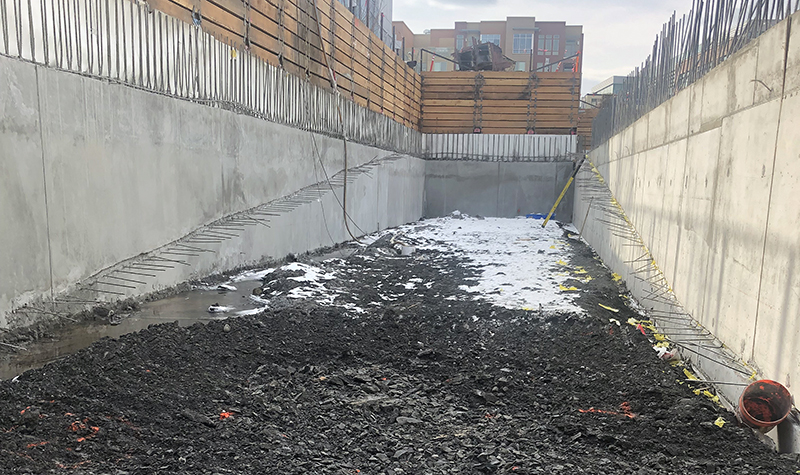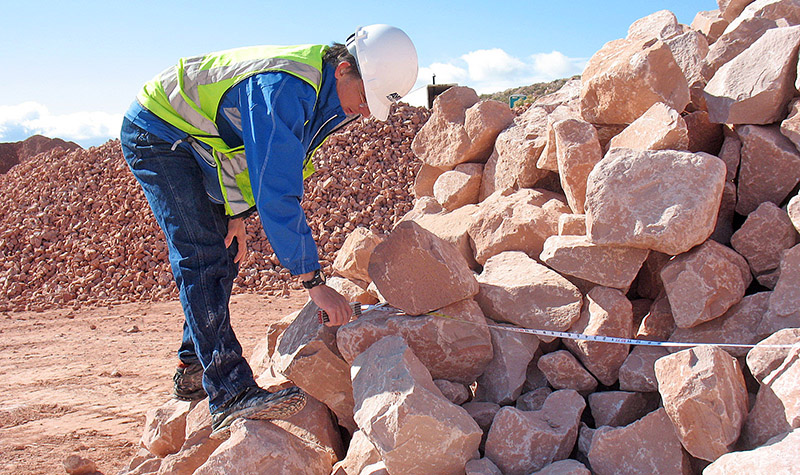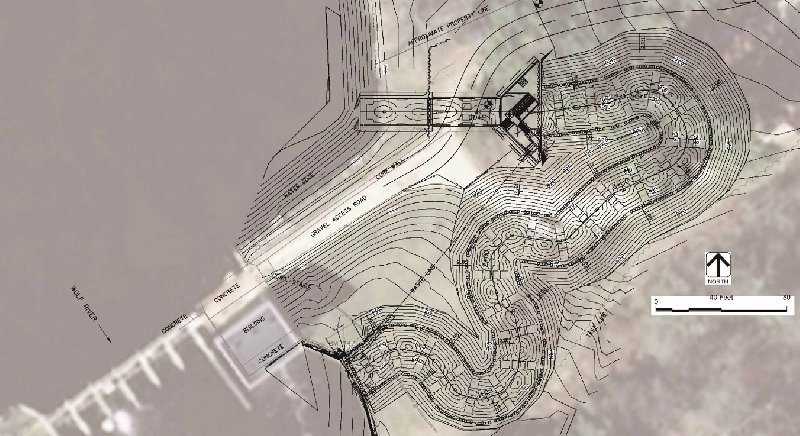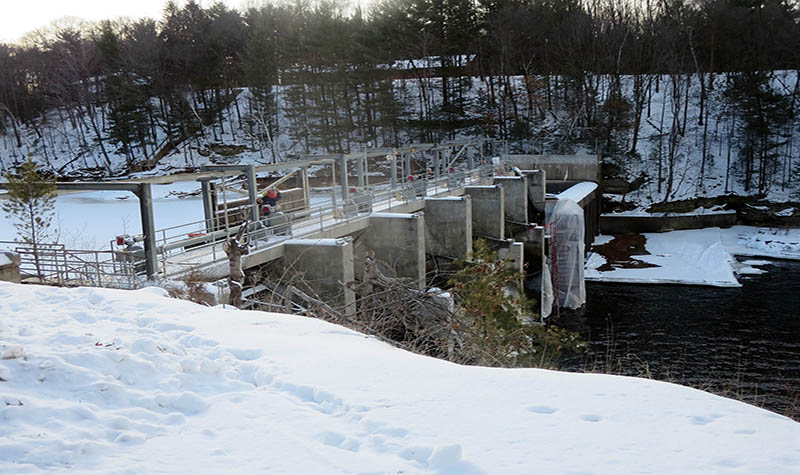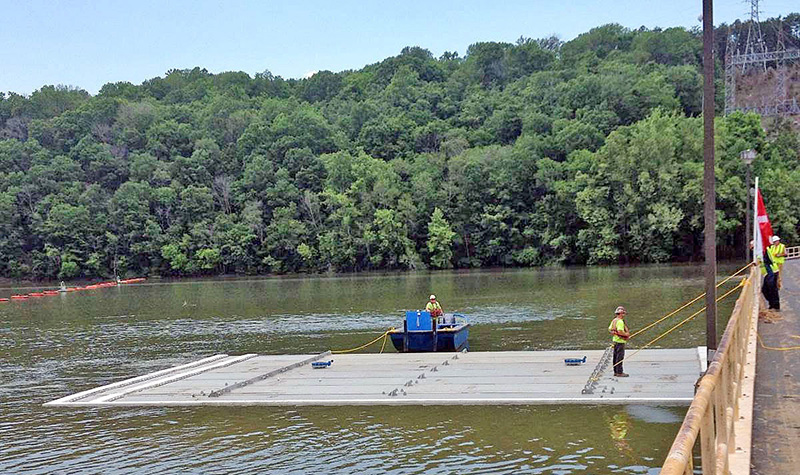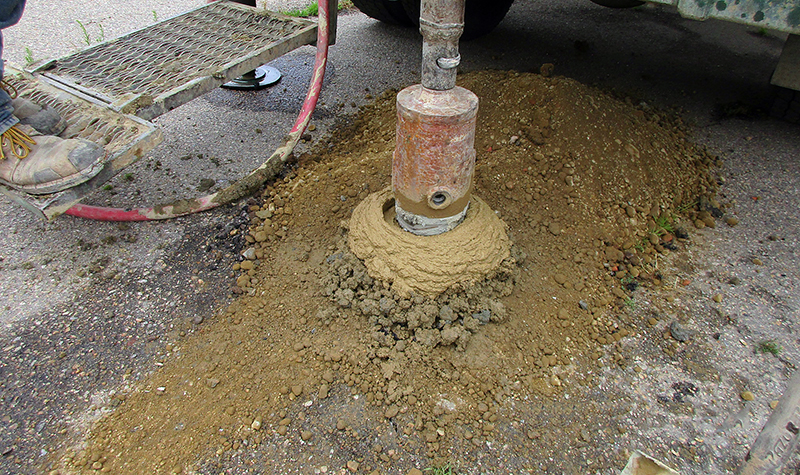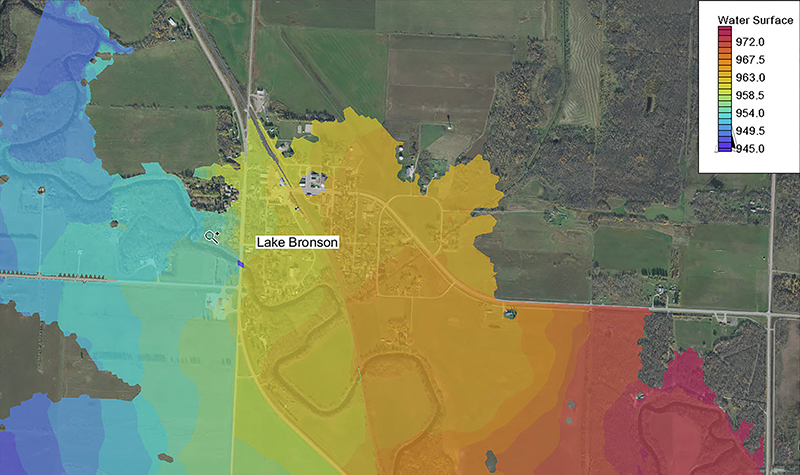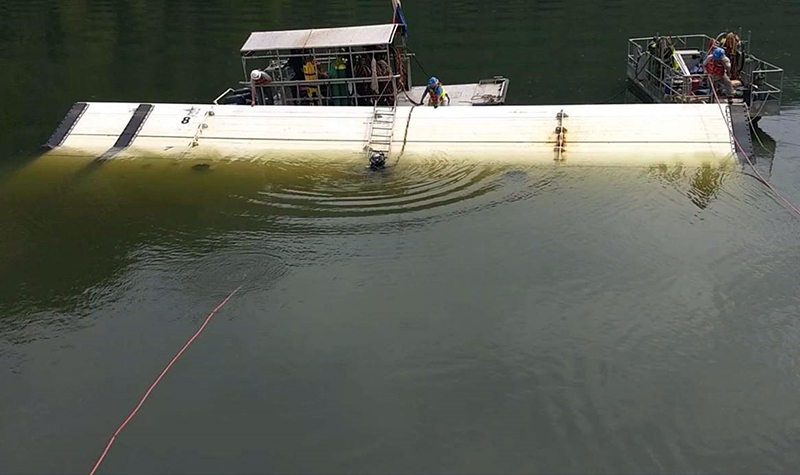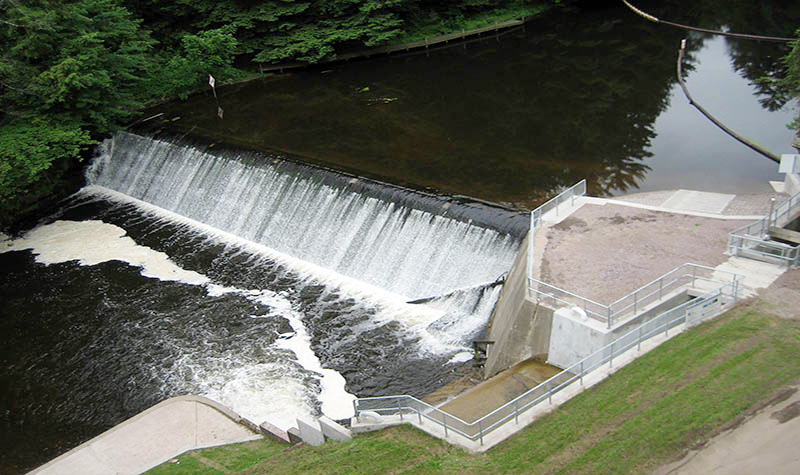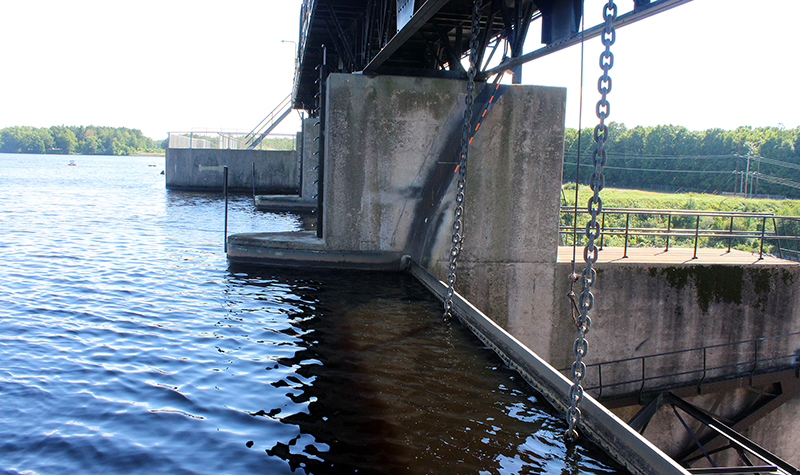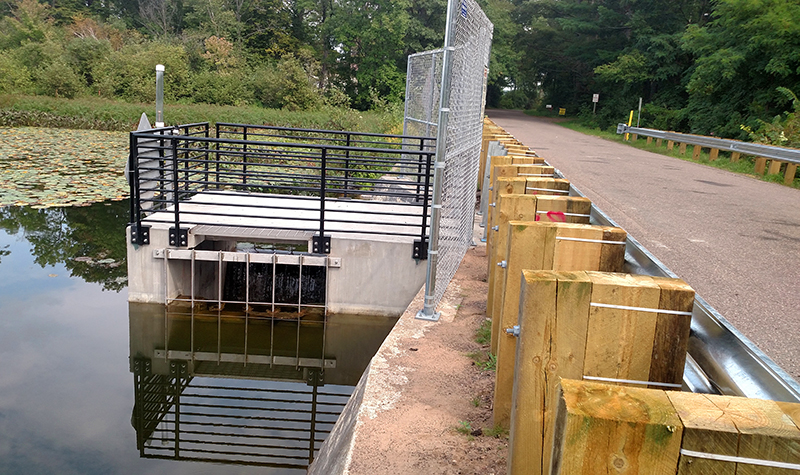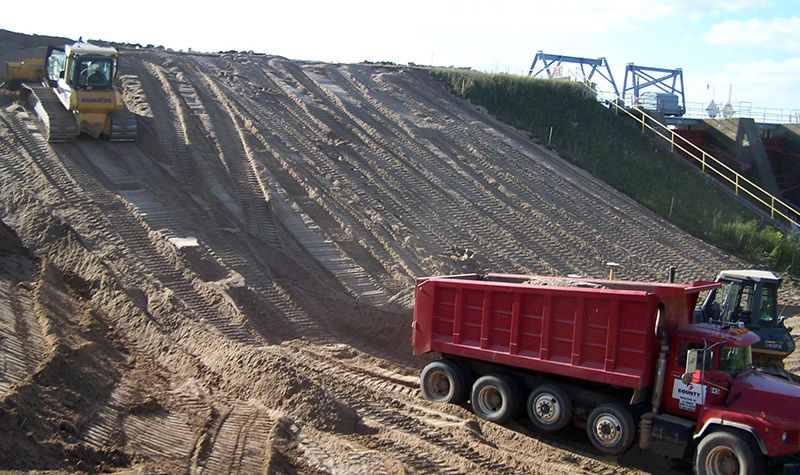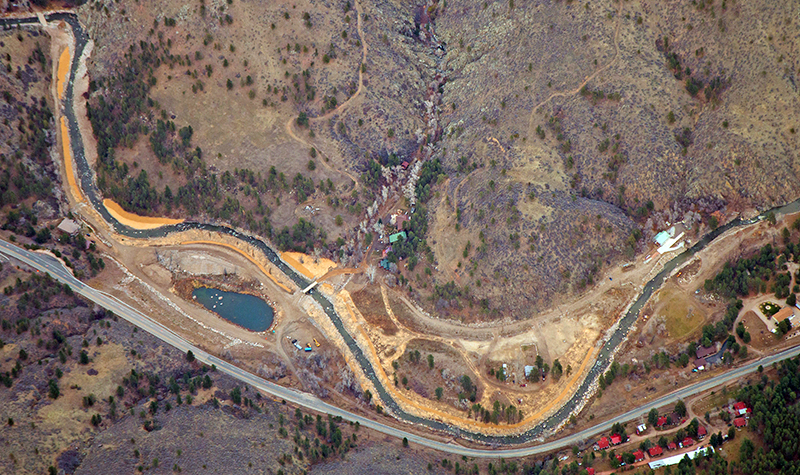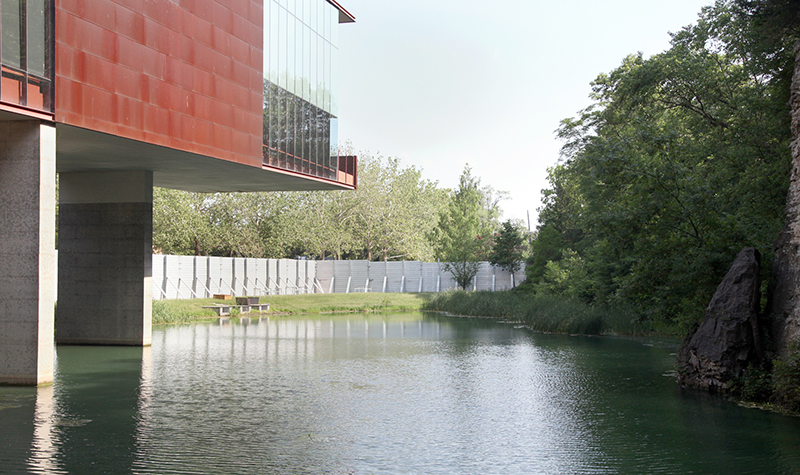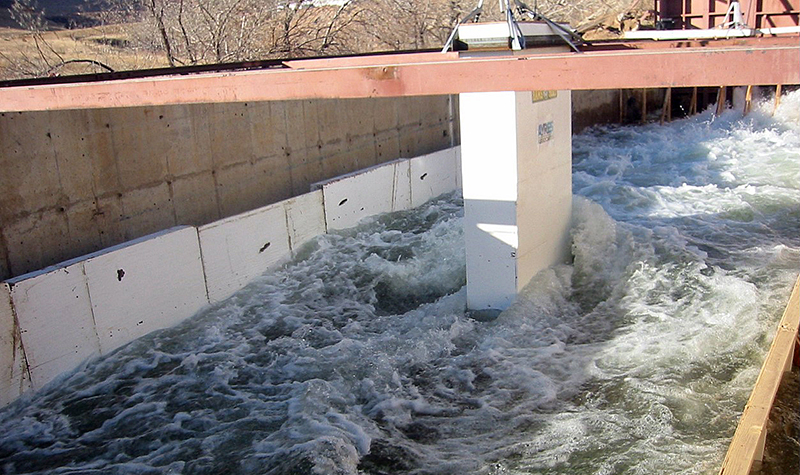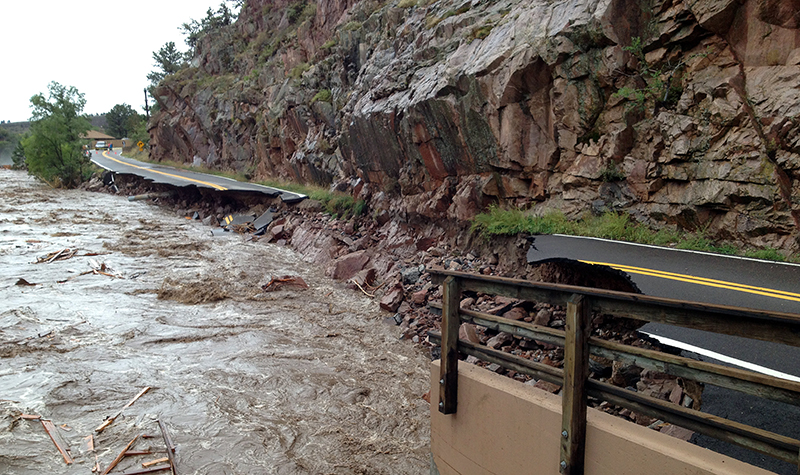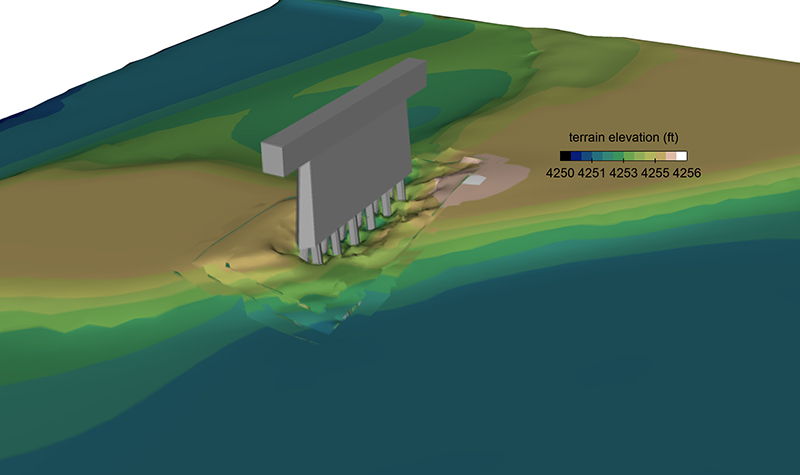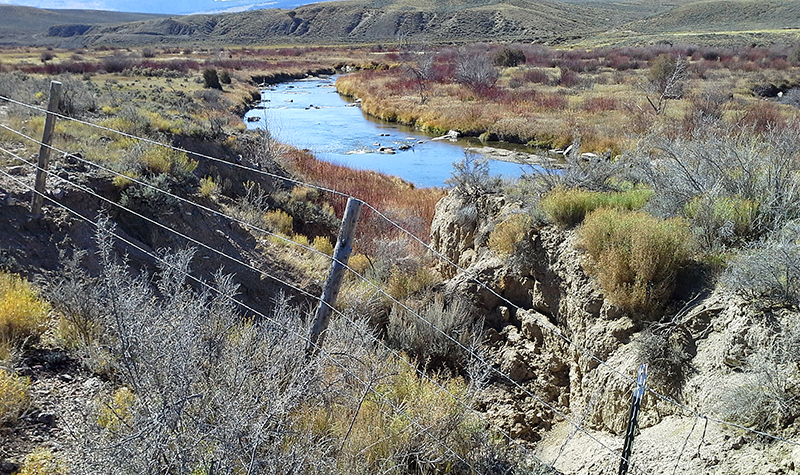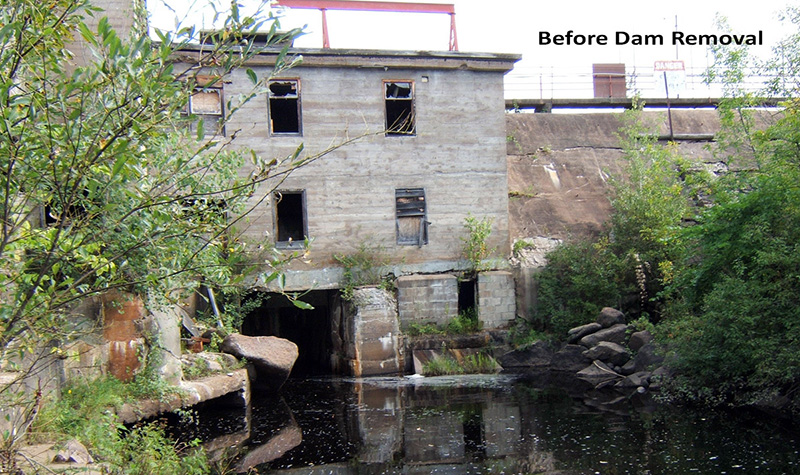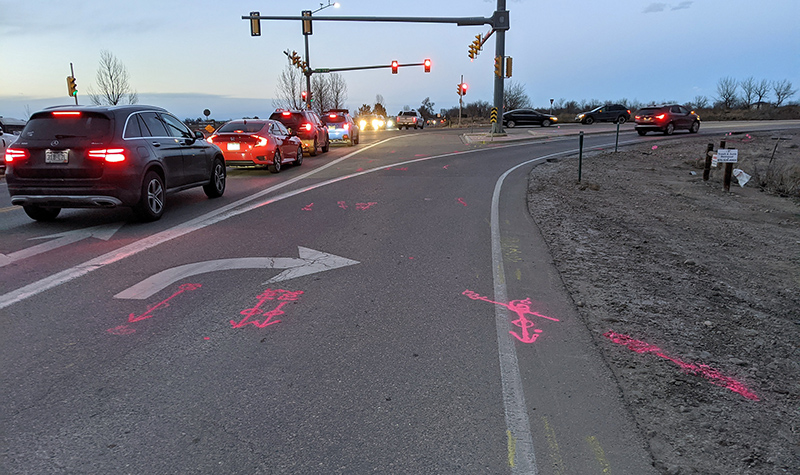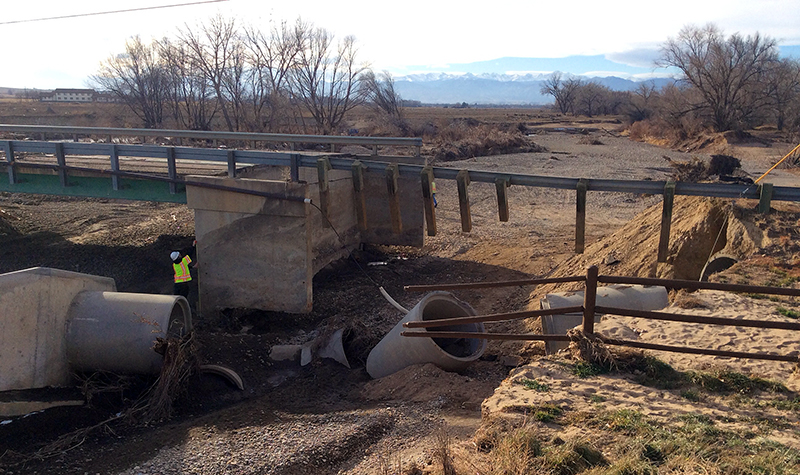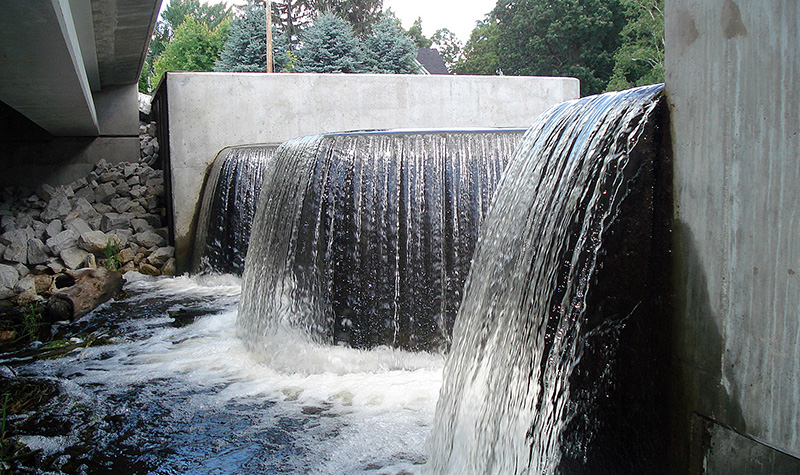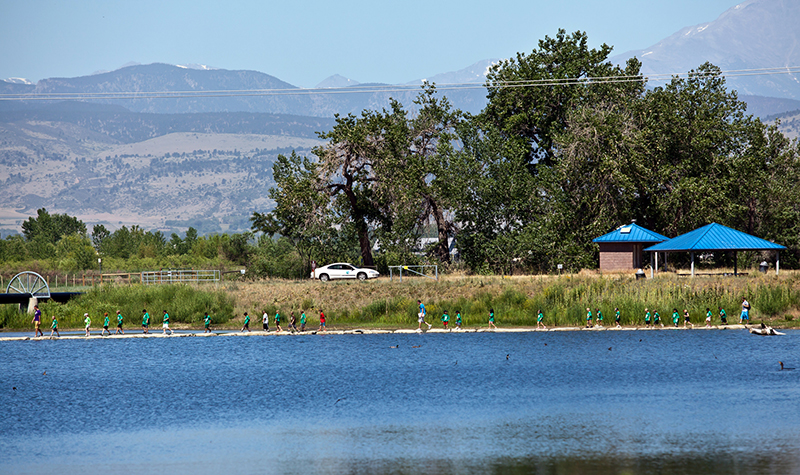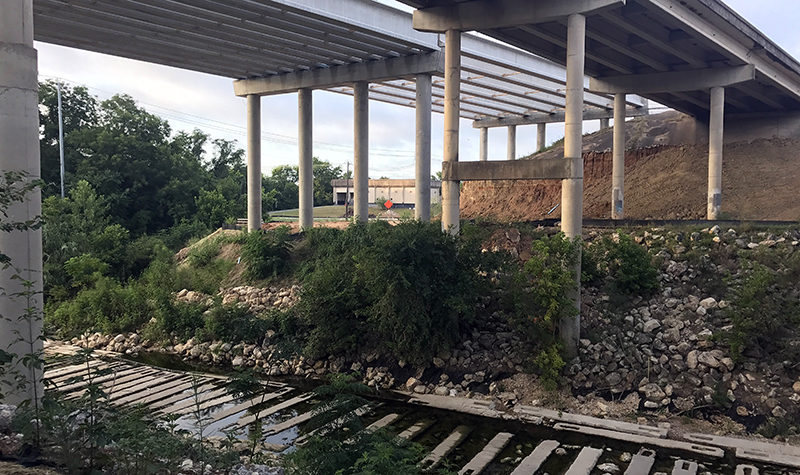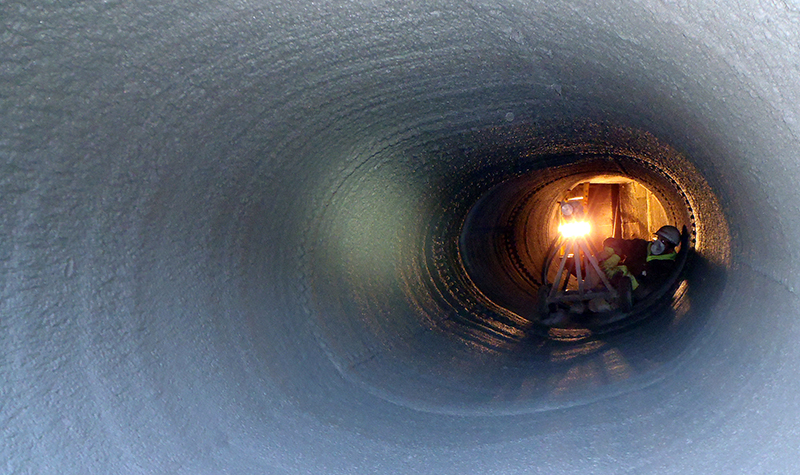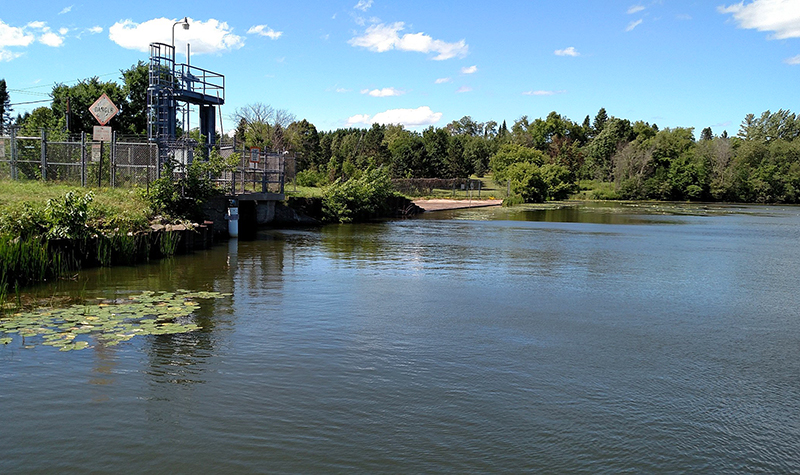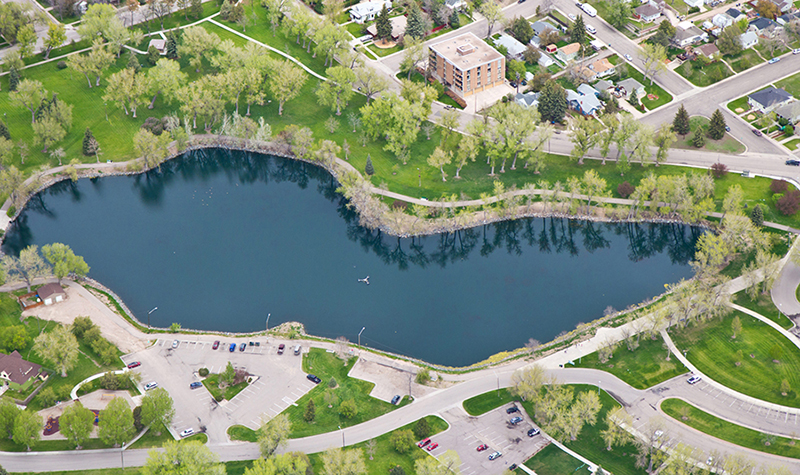Environmentally Sensitive Bank Protection Measures Evaluation
« Return to Project SearchAyres was retained to perform research and produce guidelines for practitioners on the appropriate selection, design, installation, and maintenance of environmentally sensitive streambank stabilization and protection measures. The research concentrated on the use of willow plantings to stabilize banks.
As part of the Transportation Research Board’s National Cooperative Highway Research Program (NCHRP), Ayres conducted laboratory testing and field investigations to improve existing information used by state departments of transportation and other bridge owners. The objectives were to develop guidelines that address:
Performance data/failure mechanisms
Stabilization structure selection guidelines
Structural guidelines and standard designs
Construction and maintenance best practices
Hydraulic design parameters such as shear stress and velocity
Hydrologic design parameters such as regional climate, topography, and stream morphology
Structure and geotechnical design parameters such as composite interaction of soil, rock, geosynthetic materials, and/or vegetation
Longevity issues such as performance under peak flood conditions, material durability, and vegetation viability
Cost and availability issues such as installation, maintenance, and materials, including commercial products
Ecological issues such as fish species and aquatic organisms habitat enhancement and vegetation suitability for climatic conditions
One of the main areas of research focused on using more vegetative treatments on stream banks upstream and downstream of bridges and along waterways paralleled by roadways, including quantifying the strength that various types of vegetation demonstrate in fighting stream bank erosion.
In January 2014 small willow cuttings were harvested and then grown for about seven months in a Colorado State University (CSU) greenhouse in Fort Collins. Then cranes were used to place 20-foot-long, 15-ton “planter trays” of willows in CSU’s research flume. In August and September 2014 water was run through the flume and over the willows at high rates (50, 100, and 150 cubic feet per second) to test how well the willows protected the soil in which they were rooted.
One experimental slope stabilization consisted of a simple willow-covered slope, with willows planted more densely on the lower part of the slope and with a hard toe (rock riprap) at the base of the bank. The other experimental slope consisted of a terraced approach in which willows were planted between the stair-stepped, fabric-enclosed soil lifts. This was a steeper slope than the first and did not include a hard toe at the base. Initial observations included greater soil loss on the second experiment.
Both experiments employed methods already commonly used in the river restoration industry, and the research aimed to test the methods on a real-world scale to see whether they will hold up and provide reliable protection in areas such as upstream and downstream of a bridge to control erosion around bridge abutments. Consideration was given to whether the plants would die in real-world situations such as droughts or being eaten by wildlife or trampled by cattle.
Project Information
Client's NameTransportation Research Board
LocationFort Collins, CO
Primary ServiceRiver Engineering + Water Resources
MarketState + Federal + Tribal

